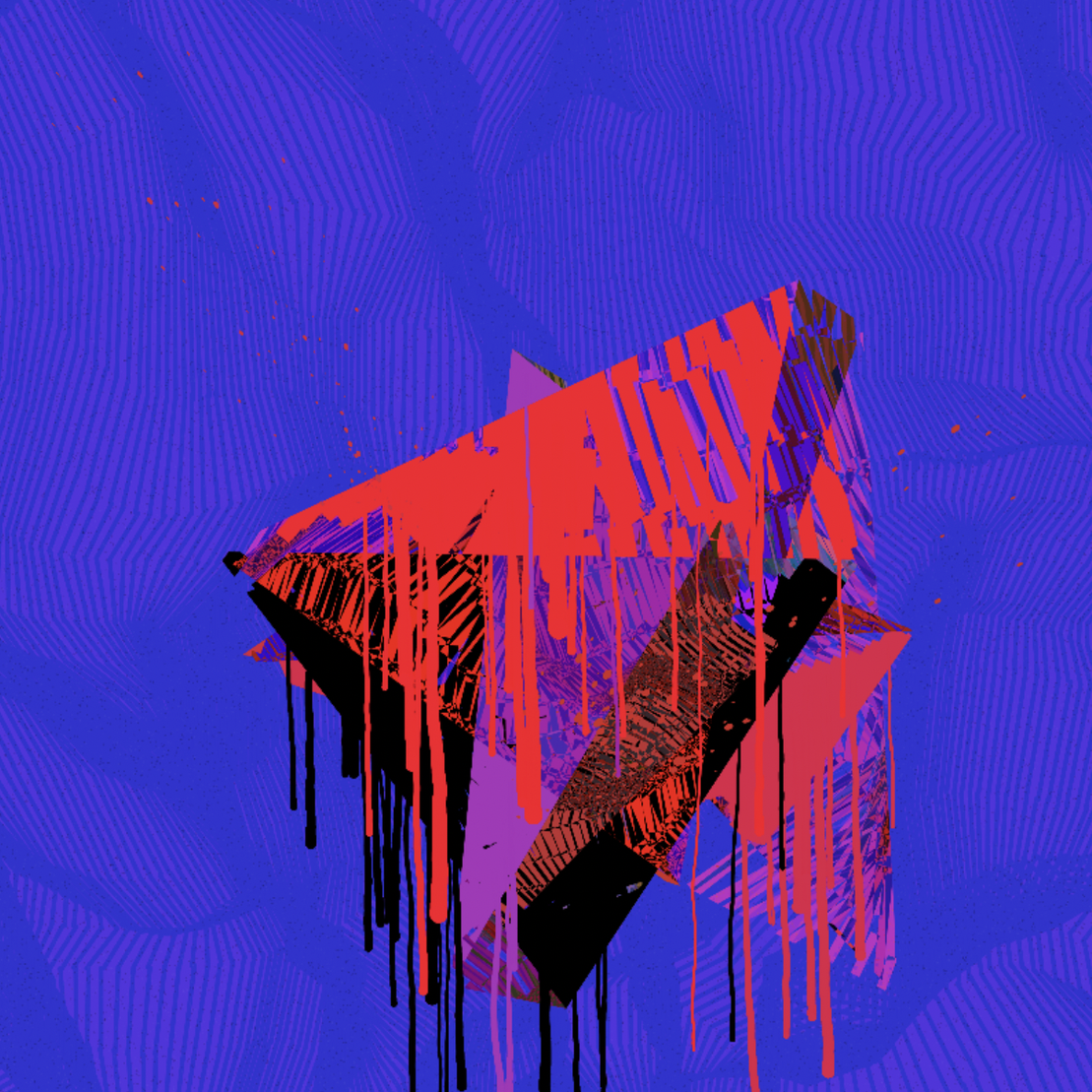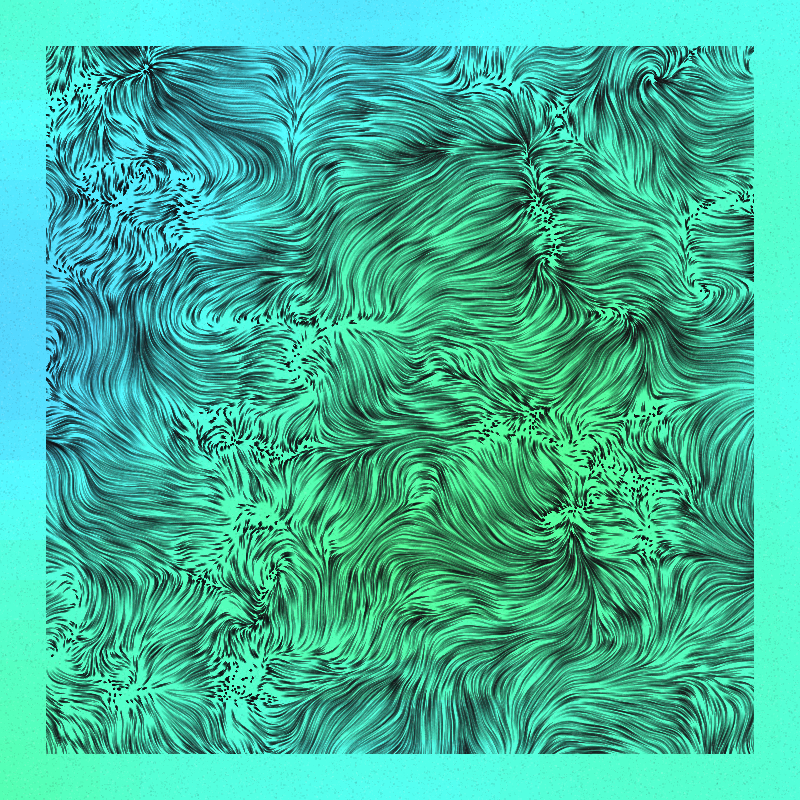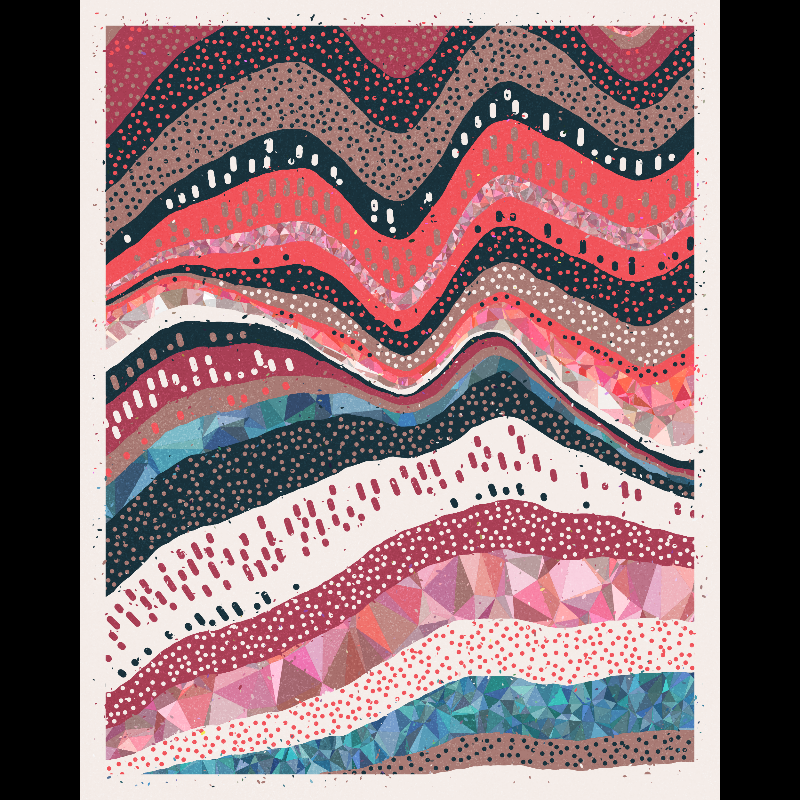
Making Special Token
written by drey
I’ve been thinking a lot lately about the act of creating, then transferring a piece of art to another person. I find myself craving to understand it in some kind of general way. It would be easier to think of it like any transaction at a store; where there are rules, and norms, and expectations, and civilities. And some of that fits. But trying to simplify this experience never quite yields the right result.
In one particularly well-known generative work, the project notes suggest what the art might mean to its next conservator:
Consider each my personal signature...
This starts to sort of get at this question that’s been vexing me. That the work represents something unique of the creator that passes on to another.
But I want you to know: This is not my signature.
A signature is synthesized; whimsically produced. This is expended; squeezed and extracted.
What this IS, is not entirely clear. All I can tell you is that it’s a piece of me. For you to love, cherish, discard, destroy, ignore, or redefine entirely. As it changes hands, I trust you to decide.
And once it does, there’s no way to stop the certainty that its meaning will change. I can only speak to what it has been, up to this point, for me:
This is searching for the confidence to express myself.
This is the silence of falling snow after midnight in New Hampshire.
This is grinding for a decade to learn how to code.
This is the culmination of so many wrong decisions.
This is running from god knows what in the humid summer darkness.
This is a slice of attitude.
Whatever this is, there’s something *special* about it that I want to pass on to you.
All of THIS is the question and prompt and context in which I find myself creating this Special Token.
Inspiration
Believe it or not, I am somewhat of a hip-hop head. And I absolutely hate doing what people expect – and especially, tell me to do. Thus, if something is to represent a part of my soul, this particular confluence seems a good starting point. I mention the hip-hop connection because, if you study the origins of hip-hop, you will learn that there are a number of “pillars” that form the basis of the genre.
One of these pillars is street art, or graffiti. I love graffiti art for many reasons – not the least of which is that it operates on a similar open-ended, meritorious system to the one present in our gen art communities today. You see a surface, you paint it. It might suck. And in that case, you learn, you grow, you improve. You see another surface, and make something better. Of course, by the time you get to the top tier of graffiti art, you are amongst some absolutely stunning works. I take a lot of inspiration from this paradigm, and so wanted to create something where that influence could shine.
Another pillar of hip-hop is dance. I wanted to reflect that here as well, although the outcome is different than what I originally intended. I originally considered having the piece be a moving, living, morphing combination of forms, that stopped for its final snapshot only once certain criteria were satisfied. Well, I ultimately gave up on the animated aspect, because to achieve a performance that I was happy with would have required sacrificing too much detail and fidelity in the final output. However, I preserved this notion of each piece optimizing itself for some maximal outcome. Essentially, curating its own destiny.
This is accomplished by simulating a range of outcomes (via real spatial movement) against some objective function until a minimum of criteria is met. So as I talk about movement throughout this write-up, I am referring to the *behind-the-scenes* movement that indeed does take place within each iteration, before a satisfactory result has been curated. With pieces like QQL and the announcement of fx(params) putting more focus on the human curation effort behind a generative project, I found it appealing to design a piece that would actively curate itself.
Forms
I started with the forms. This notion of an artifact. A physical piece of *something* that represents a unit of my existence and experience. A crumb, slice, shard, torn-off corner. It needs to have a physical quality, yet not be at all familiar or easily described. And the most important thing is, it needs to be more than a signature. It needs to have vitality.
To this end, I found myself experimenting with many abstract forms. What ended up interesting me the most (on that notion of vitality) was to start the exercise with some particles. Particles are great, we love them. They move around! Just like something that’s alive would.
About that movement. There are so many different ideas and ways that a particle can move about. One common idea is to create a spatial domain that contains rules that affect the particle. Ie, a flow field.
project name project name project name
[My fx(hash) genesis project FLUX makes heavy use of flow fields.]
Within this class of flow fields, a given field could have static or dynamic effects. By static, I mean, “when a particle enters this exact area of the field, it does this exact deterministic thing, every time, all the way up to the output on the screen. A given field transform *looks* the same every time it happens. On the other hand, I consider the field dynamic when that isn’t true.
One way to achieve dynamism in the flow field is to apply a constant rule-set, but to let that rule-set represent a change rather than an outcome. This is the approach I ultimately took. So in this piece, as the particles move about, they receive a stream of instructions about how their velocity headings should change as they pass through the 2D space. The effect is that they should rotate about in strange ways without doing anything repetitive for any area in the space.
All good about the particles, then. But how to transform these discrete particles into the right forms?
Ultimately, what I settled on was an approach of letting each particle choose multiple of its peers to create polygons. As the particles move, the polygons morph and distort in strange ways. The key thing here was not to enforce too many interdependencies or organizational rules between the polygons. So we end up with polygons that have a hint of interconnection, but mostly move independently; clashing and overlapping.
But ultimately, a polygon is still a polygon. In terms of the unfamiliar, it’s not exactly veering into uncharted territory. At this point, I had the idea to apply a method I worked on for White Mountain Winter, with the sense that it could yield a totally different effect in this context. And serve as something of a bridge between past and present.
So, the same hatching algorithm that is used to draw the mountains in White Mountain Winter is applied here, but is tuned (turned to 11?) to yield a much different outcome. In the former: graceful, delicate, intricate. And now: aggressive, wild, unhinged.
Color
At this point I was satisfied with the freshness and strangeness and attitude of the forms and moved on to the next (and certainly most time-consuming) consideration, color. The color of this piece was something I had a strong intuition on early on. I wanted it to be bold, vibrant, unruly, dissonant. A sensory overload of sorts. But somehow working all together toward some greater controlled chaos. This color approach is essentially the antithesis of that in White Mountain Winter, where I constrained each piece to three colors, and a very controlled palette at that.
In Special Token, I wanted to use *all* of the color wheel. For background, the piece uses HSB (hue; saturation; brightness) color language. This is a color representation that is popular in gen art, largely due the ease of use and intuitiveness of modulating between its three controls. For instance, you can iterate around the entirety of the color wheel by manipulating a single control (hue) and leaving the others constant.
So that’s a plus. The only problem with this is that it’s difficult (dare I say, impossible?) to generate a static rule set for those controls that yields color combinations that are 1) varied enough and 2) aesthetic enough for the entire domain of the wheel. A static algorithm may produce a palette that looks amazing with an origin in the red side of the wheel, and the same algorithm with the same rules may produce another palette that looks awful starting from green. Solving this problem with an algorithm is, in my opinion, quite difficult, and the reason why many artists (myself included) choose to use predetermined palettes. This is what I ended up doing in my project Mines because I could not effectively control the algorithm I wanted.
project name project name project name
[Mines #7. Mines uses dozens of predefined palettes to control colors.]
For this project, though, I was determined to use some kind of algorithmic approach. No pre-defined palettes. However, it required quite a painstaking process to derive that color algorithm. In the end, what I did was to run color simulations on each 30 degrees of hue in the color wheel. Zero degrees; thirty degrees; sixty degrees, etc. For each simulation, I gathered a large sample of outputs and evaluated their aesthetics blindly (without knowing the details of its color characteristics). After sorting the outputs into buckets of good vs. bad, I ran a clustering statistic on aspects of its colors I wished to control. This answered the questions (for a given background color):
- What are the discrete acceptable ranges of values for its levers (HSB)?
- Which other areas of the color wheel are eligible to be used as foreground colors?
- What is an acceptable variance (in terms of hue, saturation, and brightness) for random colors that might be selected to pair with it
The result of this exercise is a stepwise algorithm that answers these questions for any origin point on the color wheel. It may not be perfect, but I’m happy with its ability to yield bold and unpredictable combinations. For a sprinkle of added dissonance, after all this, some foreground elements are drawn with the “difference” color mode, which inverts their qualities relative to their background.
In the end
I set out for this Special Token to represent something about me. And to be a meditation on the exercise of creating something with the intent of passing it on to someone else. What that process means, for the creator and the recipient. I had absolutely no idea what this exploration was going to yield. But I’m satisfied that whatever emerged helps to answer both of those challenges. The result is bold, yet entirely vulnerable. Unafraid, but only because acknowledging fear would be a scary thing to do. It feels real, and it feels like me. And I’m excited for it enter its next phase with you 🙏


![Special Token [RESERVE PASS]](https://media.fxhash.xyz/w_1200/QmTDGwkxvBYDh4JALymj7t3H3vsCQkPyyJ2fxrKdTbQZFn)